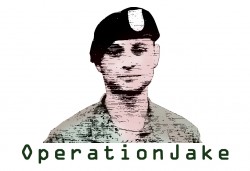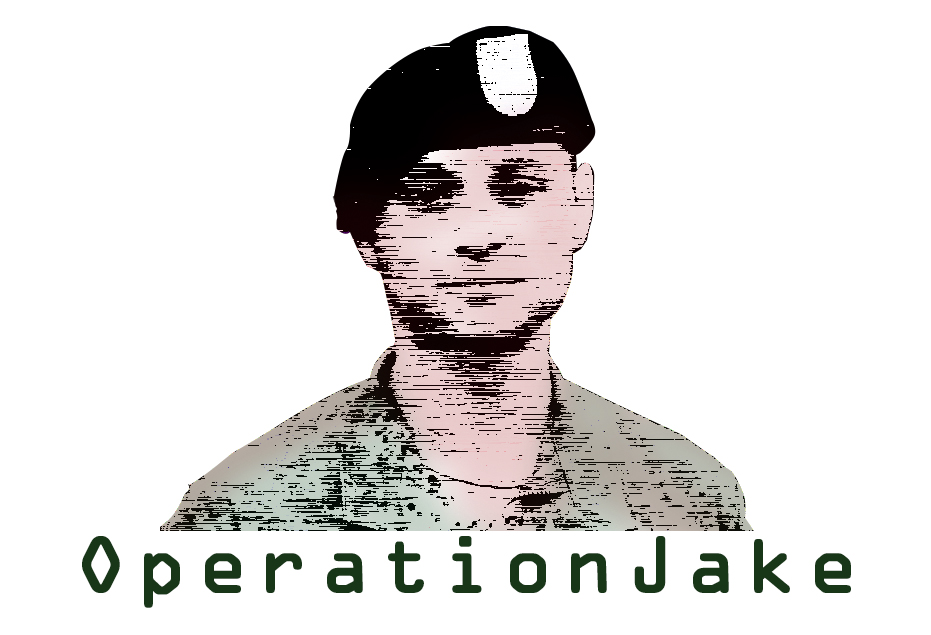What is PTSD, and how can Operation Jake help?
PTSD as explained by The National Institute of Mental Health:
When in danger, it’s natural to feel afraid. This fear triggers many splitsecond changes in the body to prepare to defend against the danger or to avoid it. This “fight-or-flight” response is a healthy reaction meant to protect a person from harm, but in post-traumatic stress disorder (PTSD), this reaction is changed or damaged. People who have PTSD may feel stressed or frightened even when they’re no longer in danger. PTSD develops after a terrifying ordeal that involved physical harm or the threat of physical harm. The person who develops PTSD may have been the one who was harmed, the harm may have happened to a loved one, or the person may have witnessed a harmful event that happened to loved ones or strangers. PTSD was first brought to public attention in relation to war veterans, but it can result from a variety of traumatic incidents, such as mugging, rape, torture, being kidnapped or held captive, child abuse, car accidents, train wrecks, plane crashes, bombings, or natural disasters such as floods or earthquakes.
Warning signs of PTSD:
PTSD can cause many symptoms. These symptoms can be grouped into three categories:
1. Reexperiencing symptoms ● Flashbacks—reliving the trauma over and over, including physical symptoms like a racing heart or sweating ● Bad dreams ● Frightening thoughts. Reexperiencing symptoms may cause problems in a person’s everyday routine. They can start from the person’s own thoughts and feelings. Words, objects, or situations that are reminders of the event can also trigger reexperiencing.
2. Avoidance symptoms ● Staying away from places, events, or objects that are reminders of the experience ● Feeling emotionally numb ● Feeling strong guilt, depression, or worry ● Losing interest in activities that were enjoyable in the past ● Having trouble remembering the dangerous event. Things that remind a person of the traumatic event can trigger avoidance symptoms. These symptoms may cause a person to change his or her personal routine. For example, after a bad car accident, a person who usually drives may avoid driving or riding in a car.
3. Hyperarousal symptoms ● Being easily startled ● Feeling tense or “on edge” ● Having difficulty sleeping, and/or having angry outbursts. Hyperarousal symptoms are usually constant, instead of being triggered by things that remind one of the traumatic event. They can make the person feel stressed and angry. These symptoms may make it hard to do daily tasks, such as sleeping, eating, or concentrating. It’s natural to have some of these symptoms after a dangerous event. Sometimes people have very serious symptoms that go away after a few weeks. This is called acute stress disorder, or ASD. When the symptoms last more than a few weeks and become an ongoing problem, they might be PTSD. Some people with PTSD don’t show any symptoms for weeks or months.
Do children react differently than adults? Children and teens can have extreme reactions to trauma, but their symptoms may not be the same as adults. In very young children, these symptoms can include: ● Bedwetting, when they’d learned how to use the toilet before ● Forgetting how or being unable to talk ● Acting out the scary event during playtime ● Being unusually clingy with a parent or other adult. Older children and teens usually show symptoms more like those seen in adults. They may also develop disruptive, disrespectful, or destructive behaviors. Older children and teens may feel guilty for not preventing injury or deaths. They may also have thoughts of revenge.
Information obtained from http://www.nimh.nih.gov
Currently In the US we lose 22 veterans a day to suicide related to PTSD. That statistic doesn’t include veterans that engage in risky behavior. Bar fights, fights in general, and reckless driving to name a few. The key as we here at Operation Jake is the early detection and support for those that are showing signs of PTSD but may not know or want to acknowledge it. We aim to fill the gap that is between reintegration and formal counselling. We have teamed up with agencies such as The Dwyer project and Suffolk County United Veterans to help create a stigma free effective support system utilizing peer to peer support and if need be a seamless transition to a classic clinical setting.

